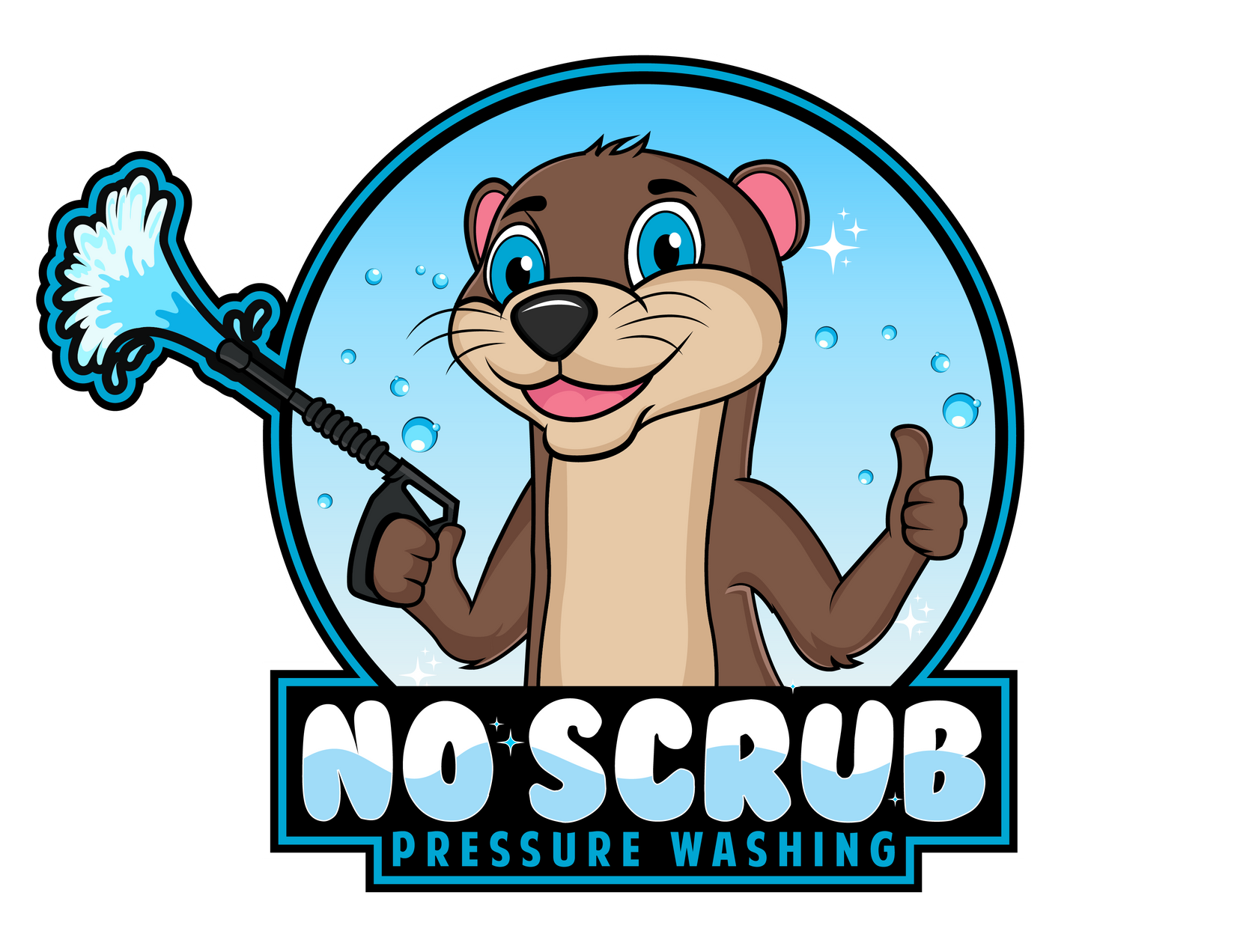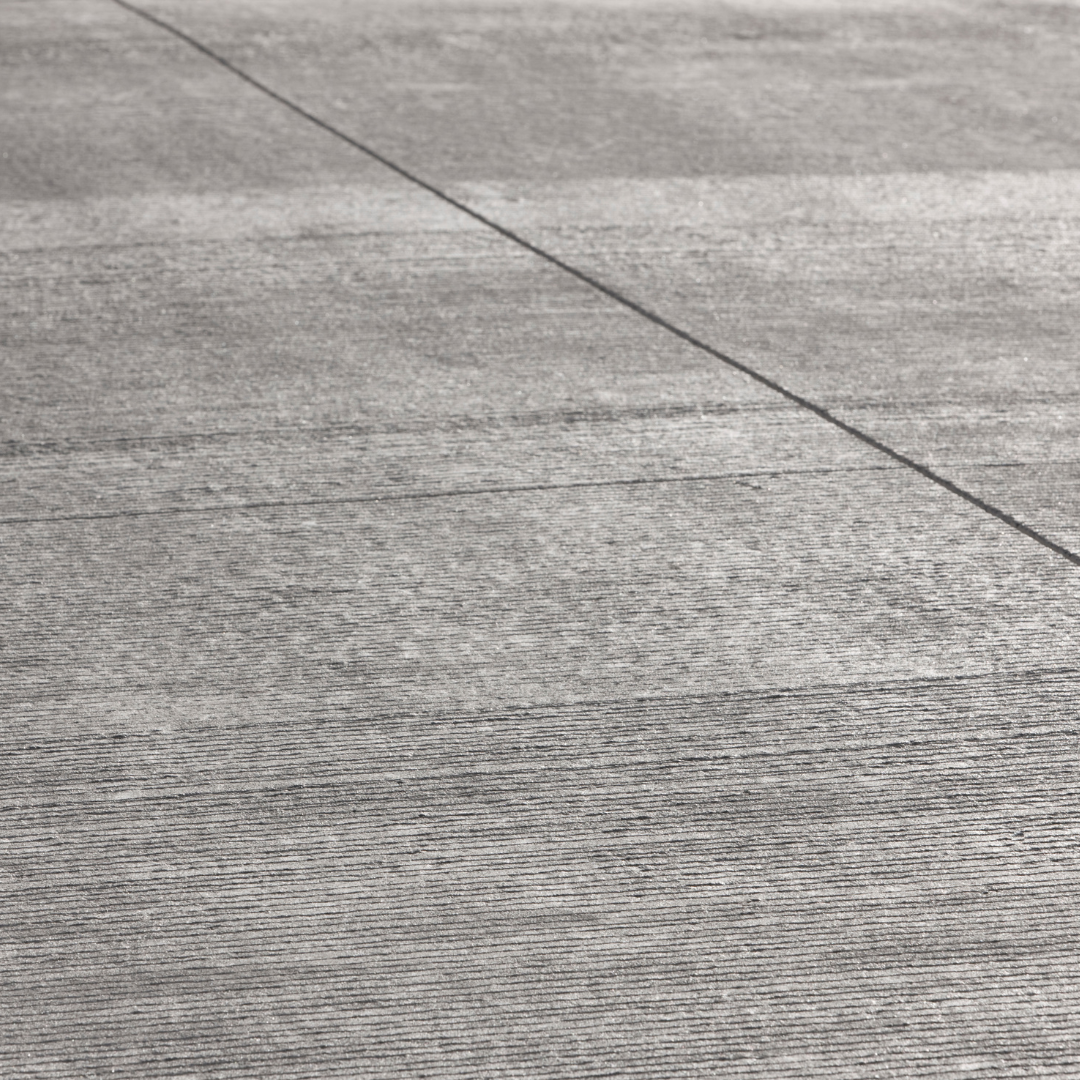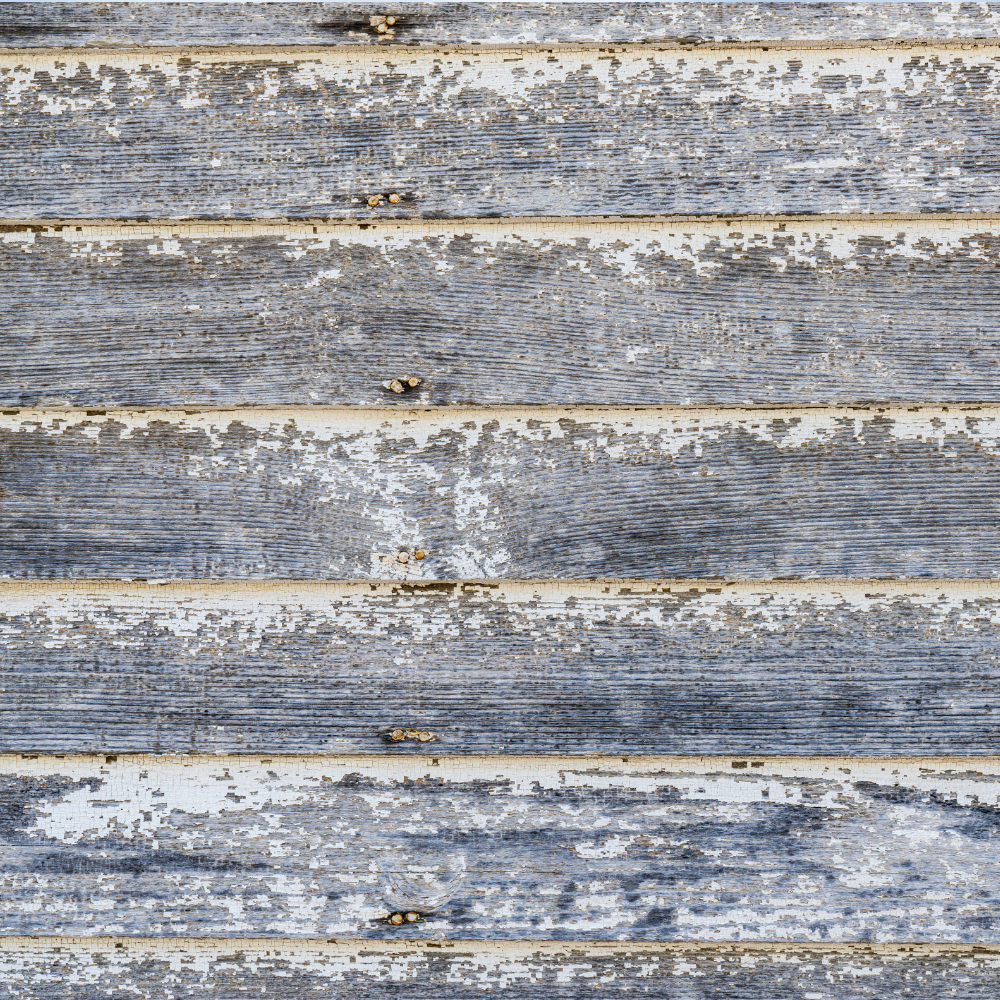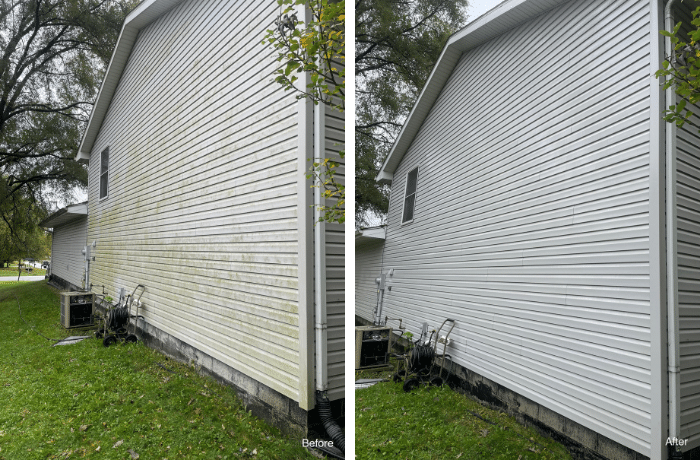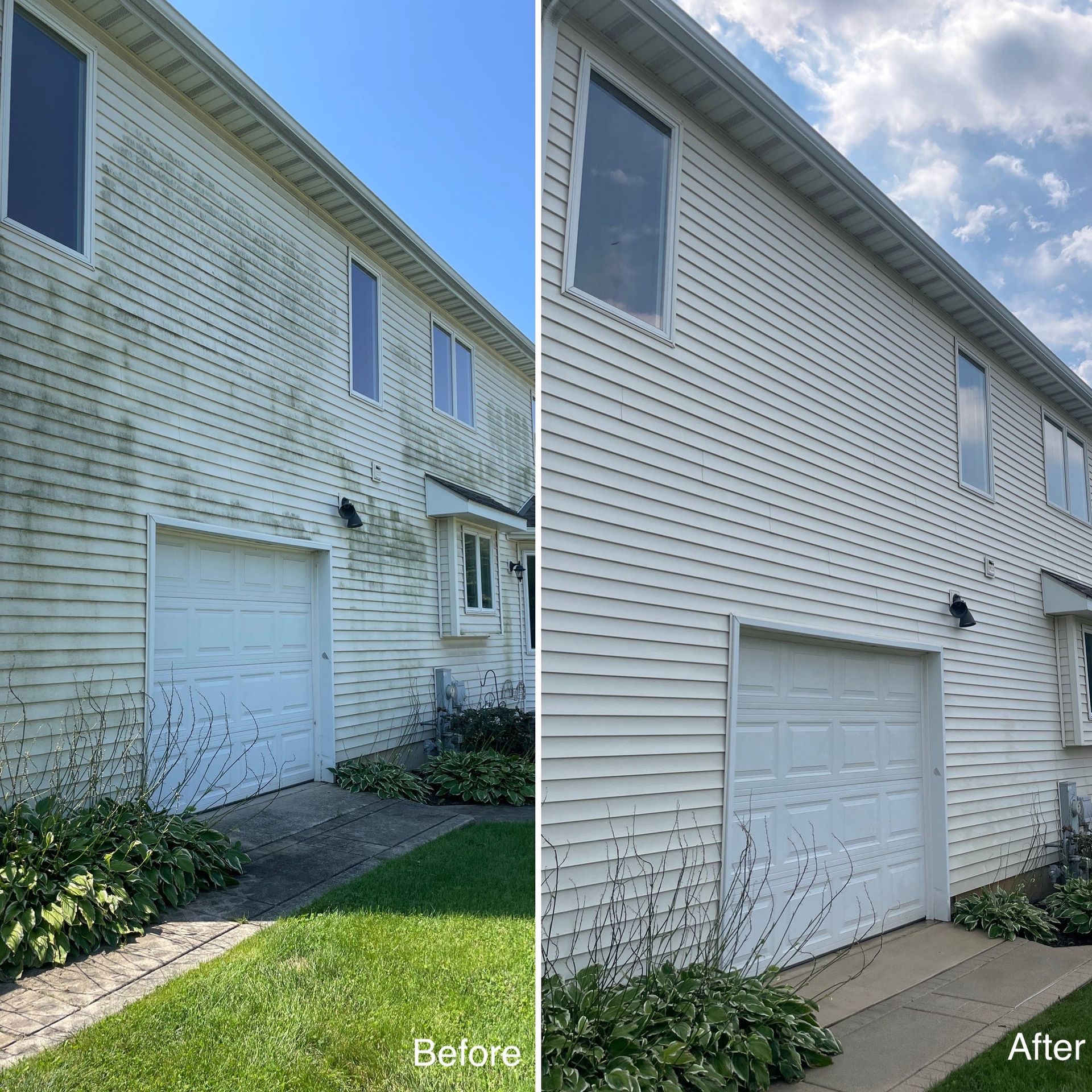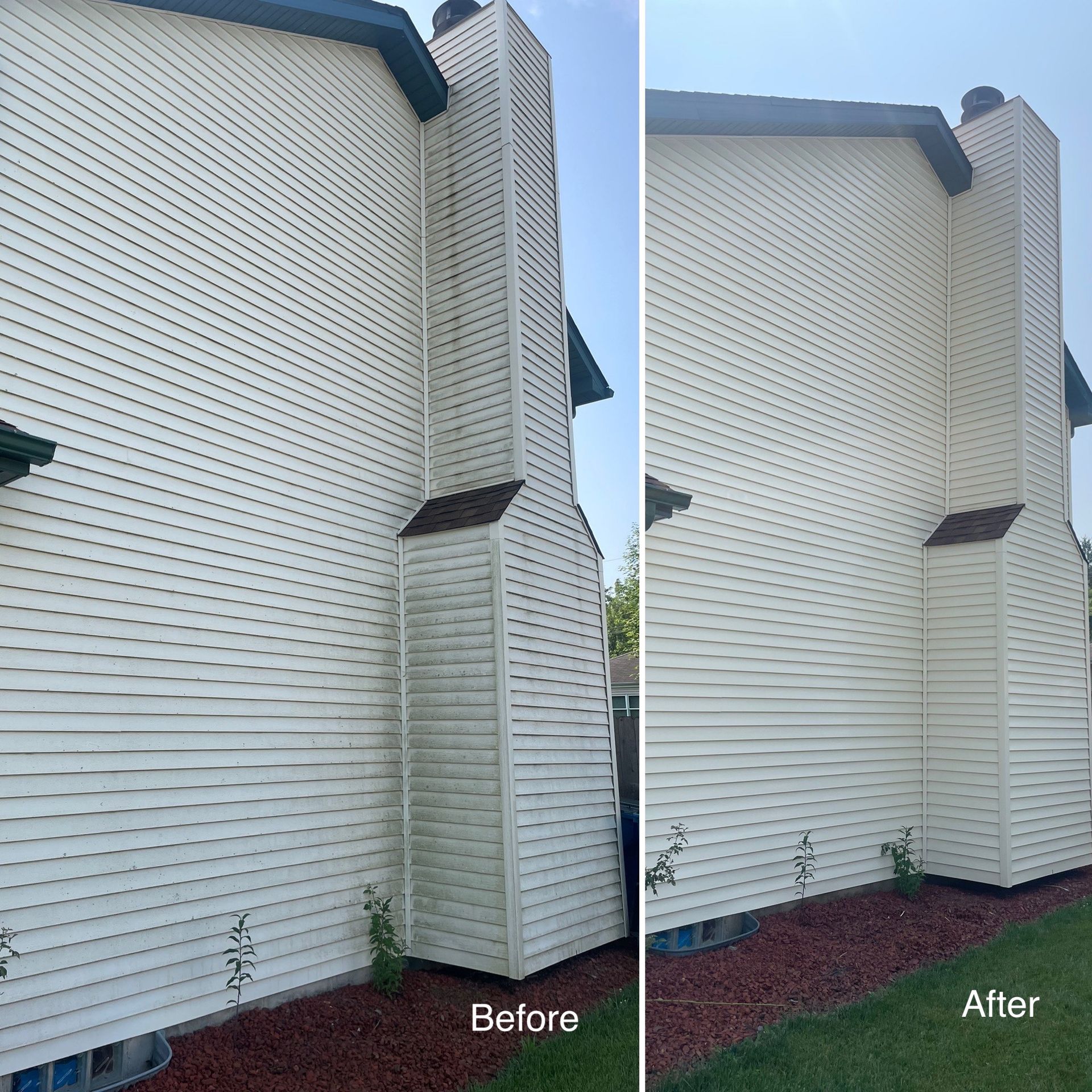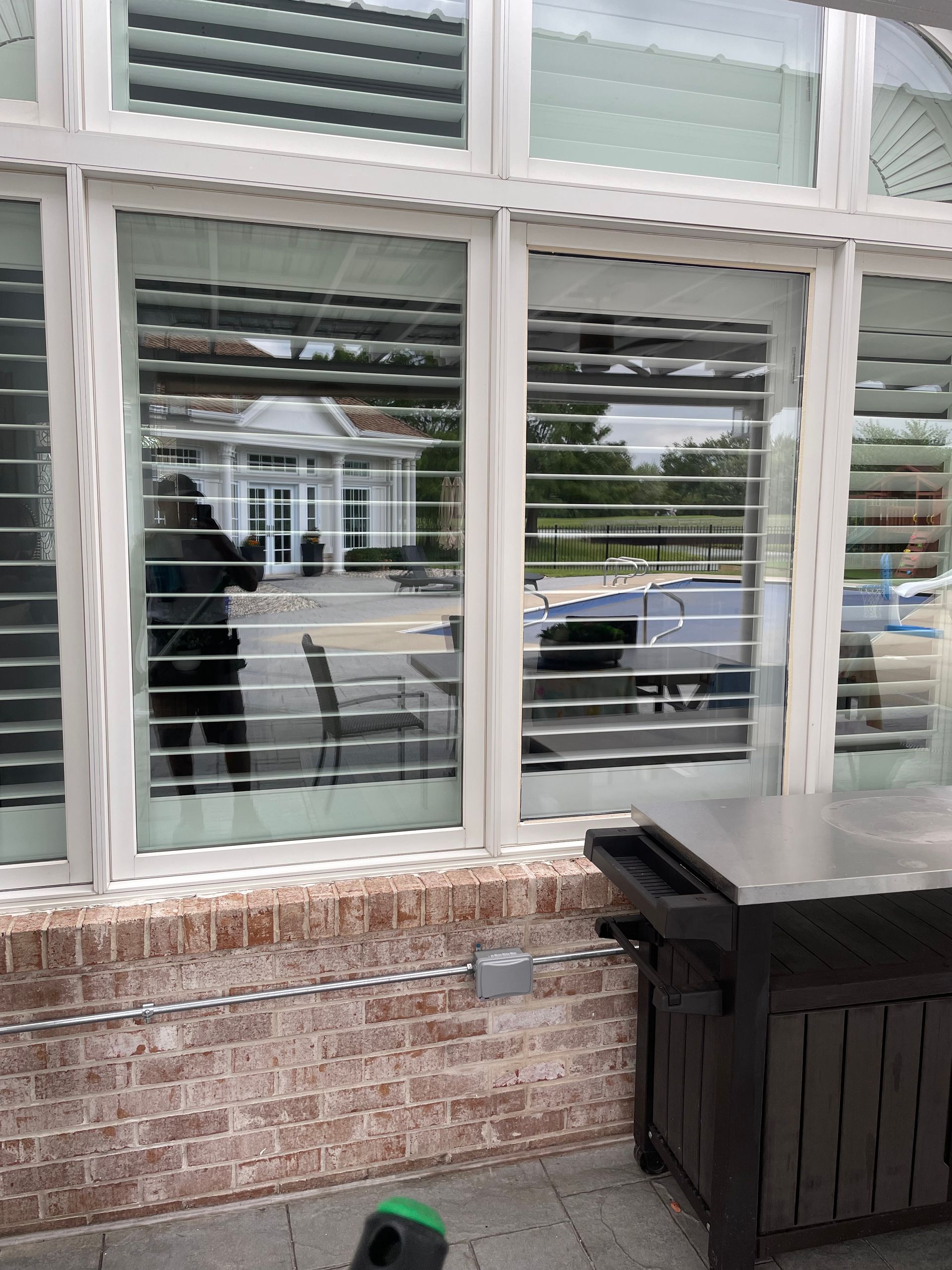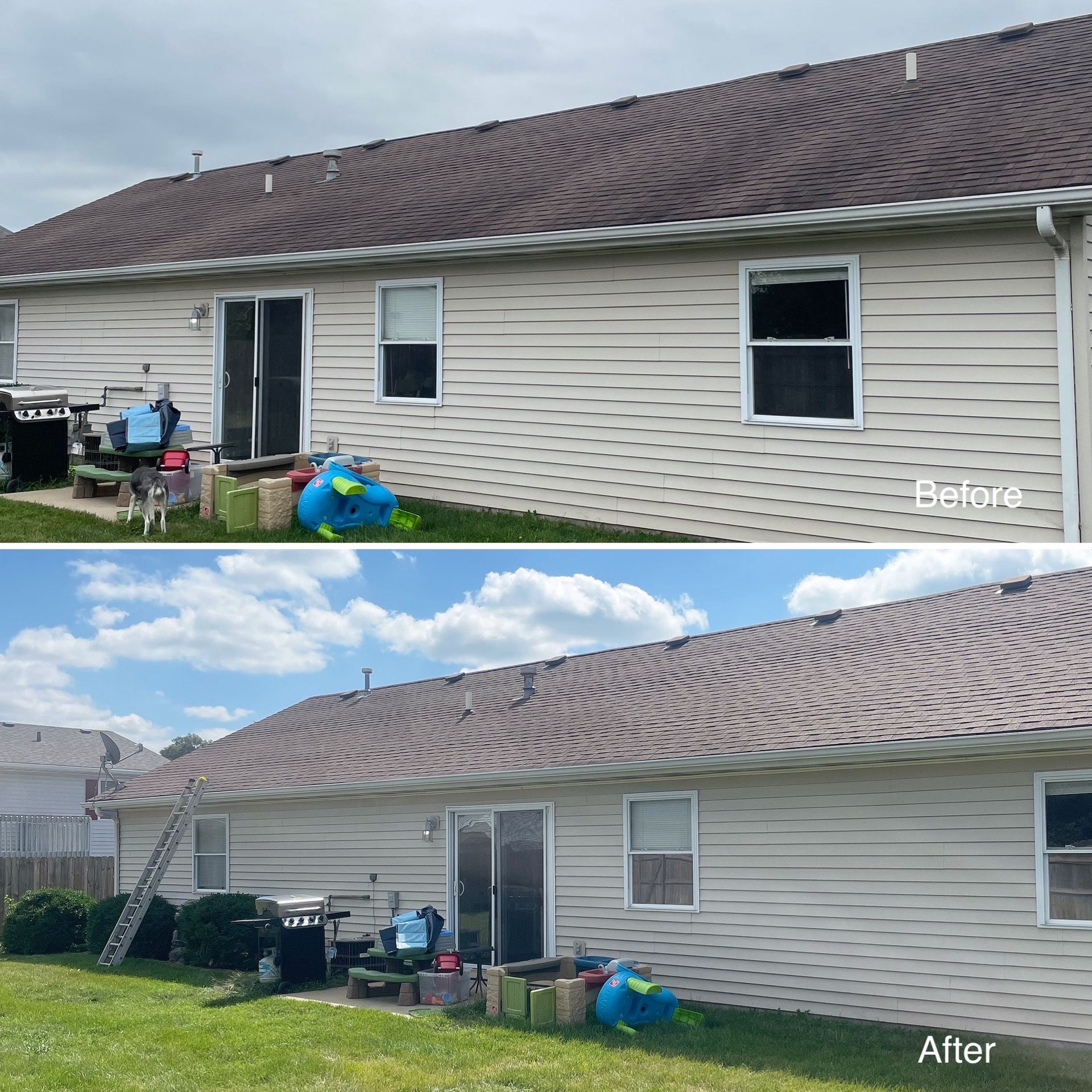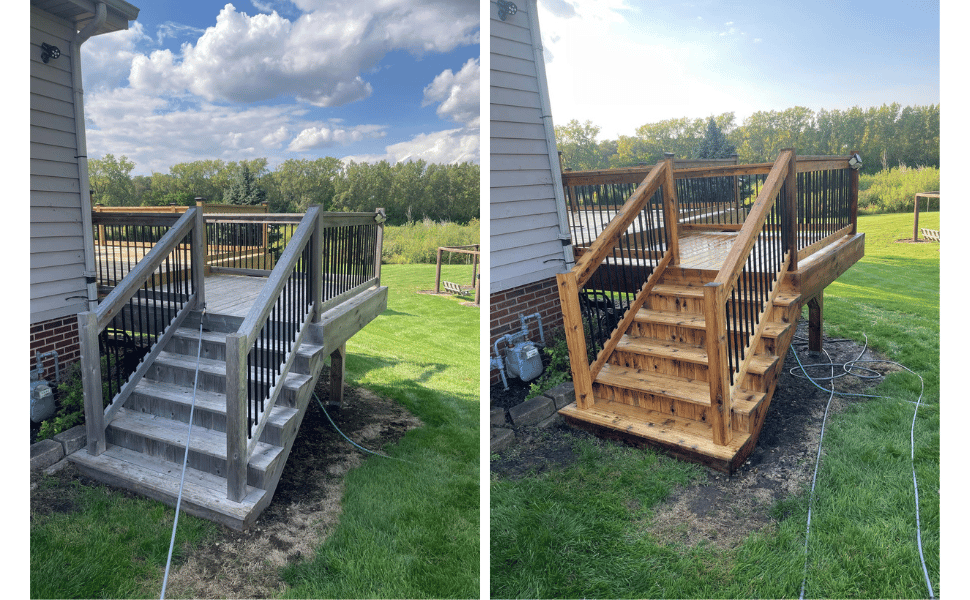Seasonal Stucco Cleaning: Best Practices for Year-Round Maintenance in Indiana
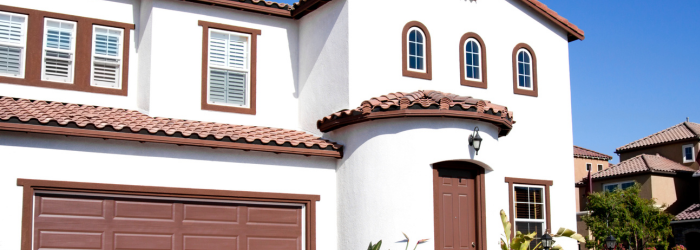
Stucco is a durable, attractive exterior finish popular in Indiana homes for its aesthetic appeal and weather resistance. However, Indiana’s diverse climate—humid summers, freezing winters, and unpredictable spring and fall weather—can take a toll on stucco surfaces. Regular seasonal cleaning and maintenance are essential to preserve its beauty and longevity. In this guide, we’ll explore best practices for seasonal stucco cleaning tailored to Indiana’s unique conditions, offering practical tips, expert insights, and actionable steps to keep your stucco in top shape year-round.
Why Seasonal Stucco Cleaning Matters in Indiana
Stucco is a porous material, making it susceptible to dirt, mold, mildew, and algae buildup, especially in Indiana’s humid and rainy seasons. Without proper maintenance, these contaminants can cause discoloration, cracking, or even structural damage over time. Seasonal cleaning not only enhances curb appeal but also prevents costly repairs. According to the Portland Cement Association, regular maintenance can extend the lifespan of stucco by decades.
In Indiana, each season brings unique challenges:
- Spring: Pollen, rain, and humidity promote mold and mildew growth.
- Summer: Intense UV rays and heat can fade stucco colors.
- Fall: Falling leaves and debris can trap moisture against stucco.
- Winter: Freezing temperatures and ice can cause cracks or spalling.
By adopting a seasonal cleaning routine, homeowners can protect their investment and maintain a pristine exterior.
Spring Stucco Cleaning: Combating Pollen and Moisture
Spring in Indiana brings blooming flowers, heavy rainfall, and high pollen counts, all of which can leave stucco surfaces looking dingy. The goal of spring cleaning is to remove pollen, dirt, and early signs of mold or algae.
Best Practices for Spring
- Inspect for Damage: After winter, check for cracks, chips, or discoloration. Small cracks can be repaired with stucco patching compounds, as recommended by The Stucco Institute.
- Low-Pressure Washing: Use a garden hose or low-pressure washer (below 1,500 PSI) to rinse away pollen and dirt. High-pressure washing can damage stucco’s delicate surface.
- Mild Detergent Solution: Mix a solution of water and a biodegradable detergent (1:10 ratio). Apply with a soft-bristle brush to gently scrub stained areas.
- Treat Mold and Mildew: For early signs of mold, use a diluted vinegar solution (1:4 vinegar to water) or a commercial mold cleaner. Rinse thoroughly to prevent residue buildup.
- Clear Gutters and Downspouts: Ensure proper drainage to prevent water from pooling near stucco walls, which can lead to moisture damage.
Pro Tip: Schedule spring cleaning after peak pollen season (typically late April in Indiana) to minimize re-cleaning efforts.
Summer Stucco Maintenance: Protecting Against Heat and UV Rays
Indiana summers are hot and humid, with temperatures often exceeding 85°F. Prolonged sun exposure can fade stucco’s color, while humidity encourages algae growth. Summer maintenance focuses on protecting stucco from UV damage and maintaining its vibrancy.
Best Practices for Summer
- Apply UV-Protective Sealants: A high-quality stucco sealant, such as those recommended by Behr, can shield stucco from UV rays and reduce fading. Reapply every 2-3 years for optimal protection.
- Clean with Eco-Friendly Solutions: Use a mild detergent and water to clean sweat stains or dust buildup. Avoid harsh chemicals that could degrade the stucco’s finish.
- Trim Vegetation: Cut back trees or shrubs near stucco walls to improve airflow and reduce moisture retention, which can lead to algae growth.
- Check for Efflorescence: White, chalky deposits (efflorescence) may appear due to mineral leaching. Gently scrub with a vinegar solution and rinse thoroughly.
Pro Tip: Clean stucco in the early morning or late afternoon to avoid rapid drying, which can leave streaks or soap residue.
Fall Stucco Cleaning: Preparing for Winter
Fall in Indiana is a critical time to prepare stucco for the harsh winter ahead. Falling leaves, wind, and cooler temperatures can trap debris and moisture, creating a breeding ground for mold and mildew.
Best Practices for Fall
- Remove Debris: Clear leaves, twigs, and other debris from the base of stucco walls to prevent moisture buildup. Use a leaf blower or soft broom for efficiency.
- Soft Washing: Use a low-pressure washer to clean dirt and organic matter. A solution of water and mild detergent works well for general cleaning.
- Inspect Drainage Systems: Ensure gutters, downspouts, and landscaping slopes direct water away from stucco surfaces to prevent winter water damage.
- Seal Cracks: Repair any cracks or chips with a stucco patching compound before freezing temperatures exacerbate damage.
- Apply Anti-Fungal Treatments: Use a commercial anti-fungal spray to prevent mold and algae growth during the damp fall season.
Pro Tip: Consider hiring a professional stucco cleaning service, such as those listed on Angi, for a thorough fall cleaning if your home has multi-story stucco surfaces.
Winter Stucco Maintenance: Protecting Against Cold and Ice
Indiana winters are harsh, with freezing temperatures, snow, and ice that can damage stucco if not properly maintained. The focus during winter is on protection and minimal cleaning to avoid water freezing in the stucco’s pores.
Best Practices for Winter
- Avoid Cleaning in Freezing Temperatures: Water used for cleaning can freeze in stucco pores, causing cracks. Limit cleaning to spot treatments with a dry brush or cloth.
- Remove Snow Carefully: Use a soft broom to gently sweep snow off stucco surfaces. Avoid scraping with shovels, which can scratch or chip the finish.
- Monitor for Ice Dams: Ensure proper roof insulation to prevent ice dams, which can trap water against stucco walls.
- Pre-Winter Sealant Check: Verify that sealants applied in summer or fall are intact to protect against moisture infiltration.
Pro Tip: If you notice significant damage during winter, wait until spring for major repairs to avoid working in freezing conditions.
Tools and Supplies for Effective Stucco Cleaning
To clean stucco effectively, you’ll need the right tools and supplies. Here’s a list of essentials:
- Low-Pressure Washer: A washer with adjustable settings (below 1,500 PSI) to avoid damaging stucco.
- Soft-Bristle Brush: For scrubbing stains without scratching the surface.
- Biodegradable Detergent: Eco-friendly cleaners like Simple Green are safe for stucco.
- Vinegar or Commercial Mold Cleaner: For treating mold, mildew, or efflorescence.
- Stucco Patching Compound: For minor crack repairs.
- Sealant: UV-resistant sealants to protect against fading and moisture.
- Ladder and Safety Gear: For safe access to higher areas.
Always wear gloves and eye protection when handling cleaning solutions, and follow manufacturer instructions for all products.
Common Mistakes to Avoid in Stucco Cleaning
To maintain your stucco’s integrity, steer clear of these common pitfalls:
- Using High-Pressure Washers: Pressures above 1,500 PSI can erode stucco or force water into cracks.
- Harsh Chemicals: Bleach or ammonia-based cleaners can damage stucco’s finish or harm nearby plants.
- Neglecting Repairs: Ignoring small cracks can lead to larger, more costly damage.
- Over-Wetting: Excessive water can seep into stucco, causing mold or structural issues.
- Skipping Seasonal Inspections: Regular checks prevent minor issues from becoming major problems.
When to Hire a Professional for Stucco Cleaning
While DIY cleaning is cost-effective, certain situations call for professional expertise:
- Multi-Story Homes: Professionals have the equipment and safety training to clean high surfaces.
- Severe Staining or Damage: Mold, algae, or extensive cracking may require specialized treatments.
- Time Constraints: Professional services save time and ensure thorough cleaning.
- Complex Repairs: Significant cracks or structural issues should be handled by experts.
For Indiana homeowners, local services like those found on HomeAdvisor can connect you with reputable stucco cleaning professionals.
Benefits of Regular Stucco Maintenance
Consistent seasonal cleaning offers numerous benefits:
- Enhanced Curb Appeal: Clean stucco boosts your home’s aesthetic and market value.
- Extended Lifespan: Proper care can extend stucco’s life by 50+ years, per the Stucco Manufacturers Association.
- Cost Savings: Preventative maintenance reduces the need for costly repairs.
- Energy Efficiency: Well-maintained stucco provides better insulation, lowering energy bills.
Keep Your Stucco Pristine Year-Round
Seasonal stucco cleaning is a critical investment for Indiana homeowners looking to protect their property’s beauty and structural integrity. By following these best practices—inspecting regularly, cleaning gently, and addressing issues promptly—you can keep your stucco in top condition through Indiana’s challenging seasons. Whether you choose DIY methods or hire a professional, a consistent maintenance routine will ensure your stucco remains a standout feature of your home.
For more home maintenance tips, explore our blog or contact us to schedule an inspection today.
